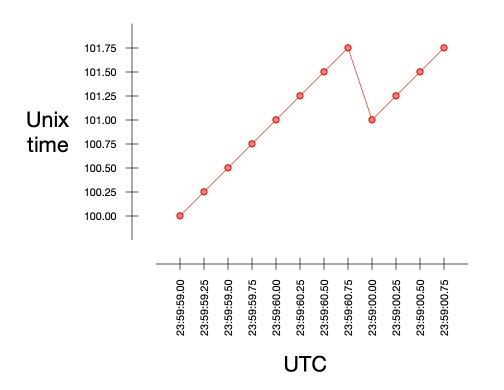
If you are playing around with the artificial intelligence and machine learning, have a look at this list of “Top 20 APIs You Should Know In AI and Machine Learning“. These are nicely organized by subject as well:
A big part of my work has to do with code. I’ve worked as system administrator – installing, patching, and configuring someone else’s code. I’ve worked as independent programmer, writing code on my own. I also programmed as part of the team. And on top of that, I worked as Team Leader and Project Manager, where I had to interact a lot with programmers. Programming world on its own is as huge as the universe. There is always something to learn. When I find something worthy or something that I understand enough to write about, I share it in this category.

If you are playing around with the artificial intelligence and machine learning, have a look at this list of “Top 20 APIs You Should Know In AI and Machine Learning“. These are nicely organized by subject as well:
I came across these “Notes to Myself on Software Engineering“, with which I agree wholeheartedly. Some of these I’ve learned “the hard way”. For most of these, I wish I knew them earlier. They would make my life a lot easier. Here a few to get you started, but make sure to read the whole list, as many of these apply to other areas of IT and life in general.
It’s okay to say no — just because someone asks for a feature doesn’t mean you should do it. Every feature has a cost that goes beyond the initial implementation: maintenance cost, documentation cost, and cognitive cost for your users. Always ask: Should we really do this? Often, the answer is simply no.
Invest in continuous integration and aim for full unit test coverage. Make sure you are in an environment where you can code with confidence; if that isn’t the case, start by focusing on building the right infrastructure.
Simple things should be simple, complex things should be possible. Don’t increase the cognitive load of common use cases for the sake of niche use cases, even minimally.
Because code is communication, naming matters — whether naming a project or a variable. Names reflect how you think about a problem. Avoid overly generic names (x, variable, parameter), avoid OverlyLongAndSpecificNamingPatterns, avoid terms that can create unnecessary friction (master, slave), and make sure you are consistent in your naming choices. Naming consistency means both internal naming consistency (don’t call “dim” what is called “axis” in other places) and consistency with established conventions for the problem domain. Before settling on a name, make sure to look up existing names used by domain experts (or other APIs).
Career progress is not how many people you manage, it is how much of an impact you make: the differential between a world with and without your work.
Software development is teamwork; it is about relationships as much as it is about technical ability. Be a good teammate. As you go on your way, stay in touch with people.
When we find ourselves in a conflict, it’s a good idea to pause to acknowledge our shared values and our shared goals, and remind ourselves that we are, almost certainly, on the same side.

SCAR is a deployment stack for static websites. It’s not exactly a single-click process, but it is as simple as possible. The name is the abbreviation from the Amazon AWS services which are utilized for the deployment: S3, CloudFront, Amazon Certificate Manager, and Route 53.
The whole thing is built via the Amazon CloudFormation, and shouldn’t require much of tinkering with the services or reading lengthy documentation pages. This bit should also motivate you to try it out:
How much will this cost?
For most sites, it will likely cost less than $1 per month. The cost for a Route 53 hosted zone is fixed at $0.50/month; the remaining CloudFront and S3 costs depend on the levels of traffic, but typically amount to a few cents for small levels of traffic.

A while back I blogged a collection of “Falsehoods programmers believe about …“. One of those things was time. Today I came across a nice addition to that – “Falsehoods programmers believe about Unix time“.
These three facts all seem eminently sensible and reasonable, right?
1. Unix time is the number of seconds since 1 January 1970 00:00:00 UTC
2. If I wait exactly one second, Unix time advances by exactly one second
3. Unix time can never go backwards
False, false, false.
All three of these are false and for the same reason – leap seconds. The article provides a nice and easy explanation of how and why that happens.
Ricard Bejarano points out a few container misconceptions. I particular like the bit about Swarm as a better option than Kubernetes for individual projects and small setups (1-2 nodes):
Swarm is Docker, Inc.’s orchestrator. It started development five years ago. It’s built into the Docker Engine, which makes it the same to run it on development machines as in production servers.
In my opinion, it is much less powerful than Kubernetes, and I would vote against using it in a business environment.
That said, I’m a happy admin of a single-node Swarm running all of my personal services at home. But that’s it. I wouldn’t use it for anything with more than 1-2 nodes, but for those applications, I feel is the right tool for the job.